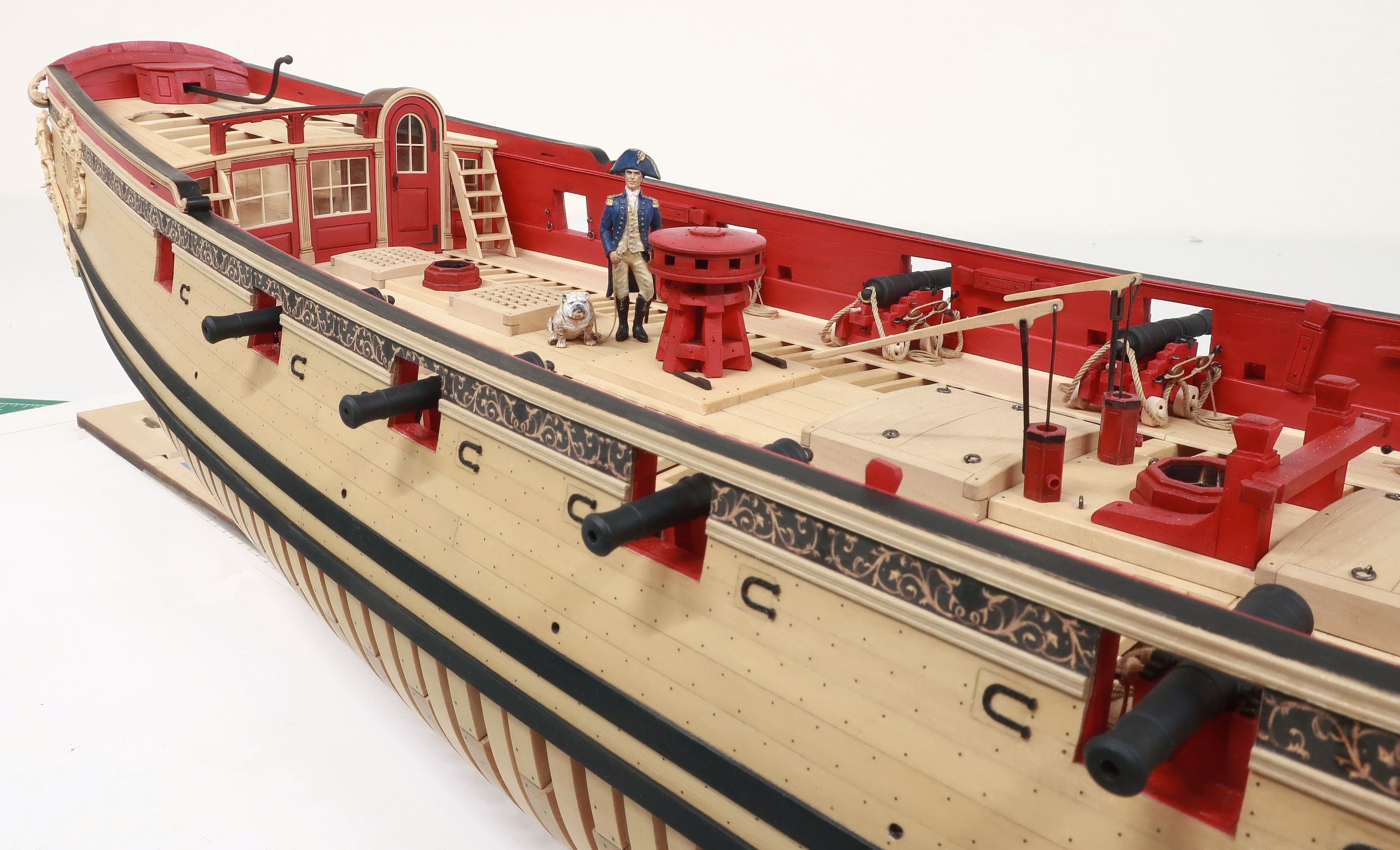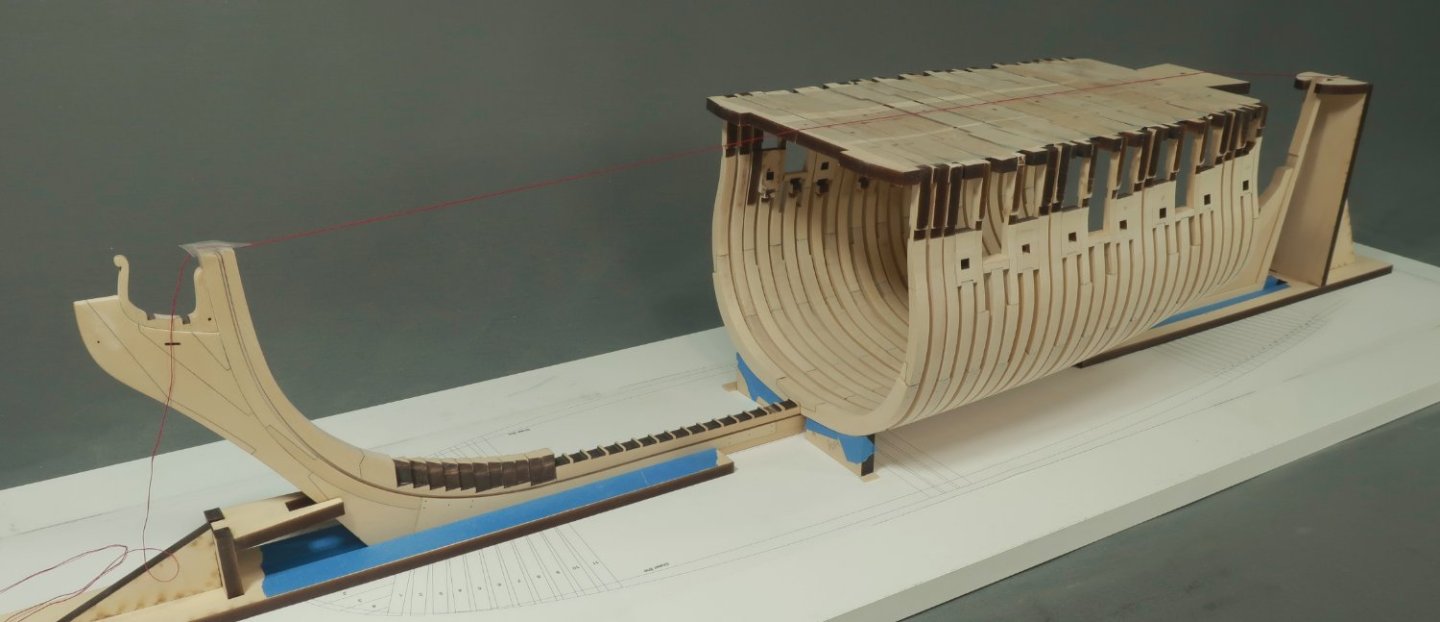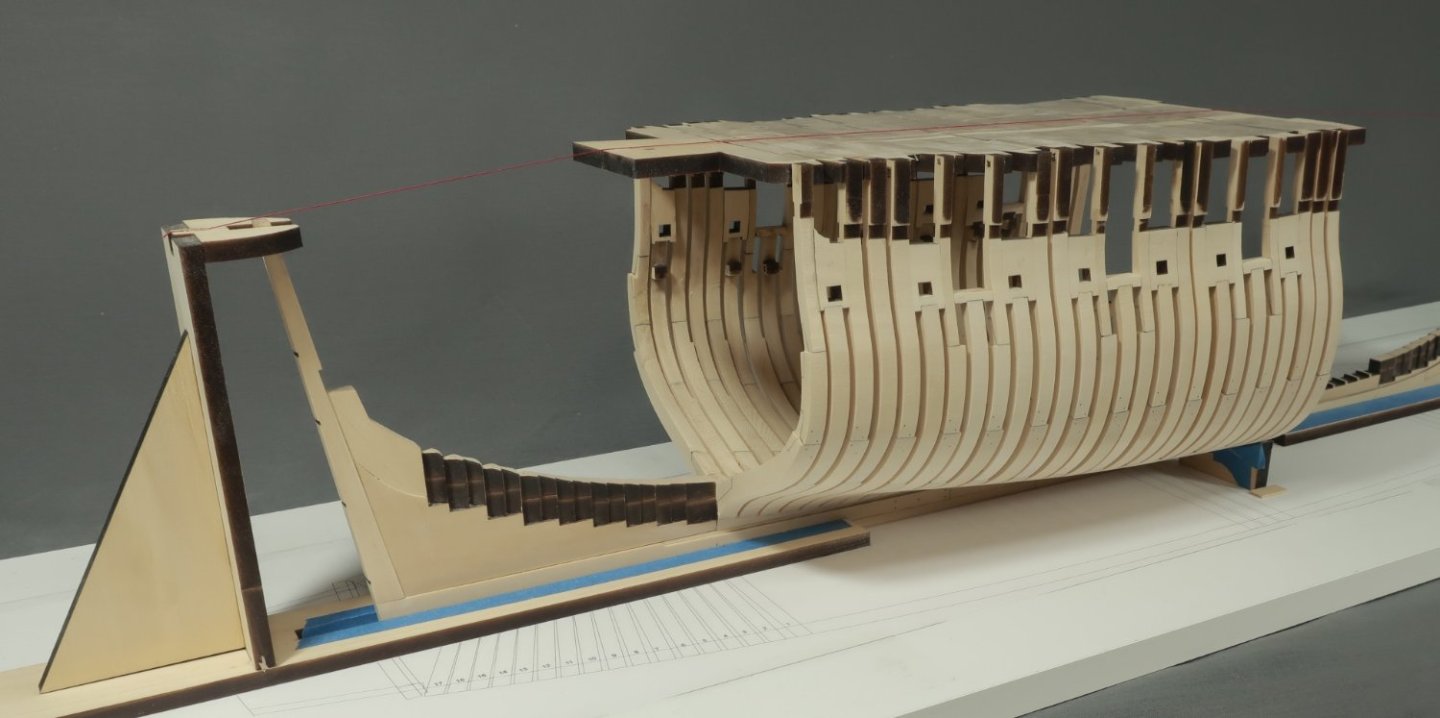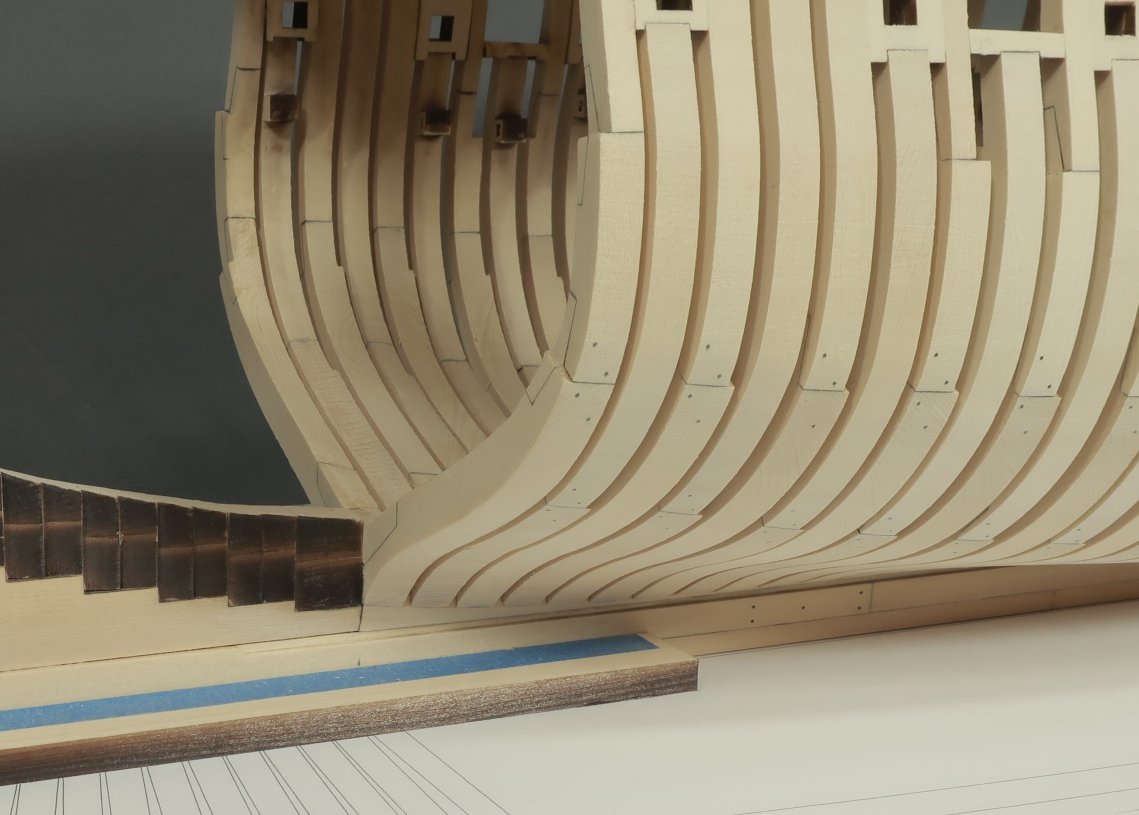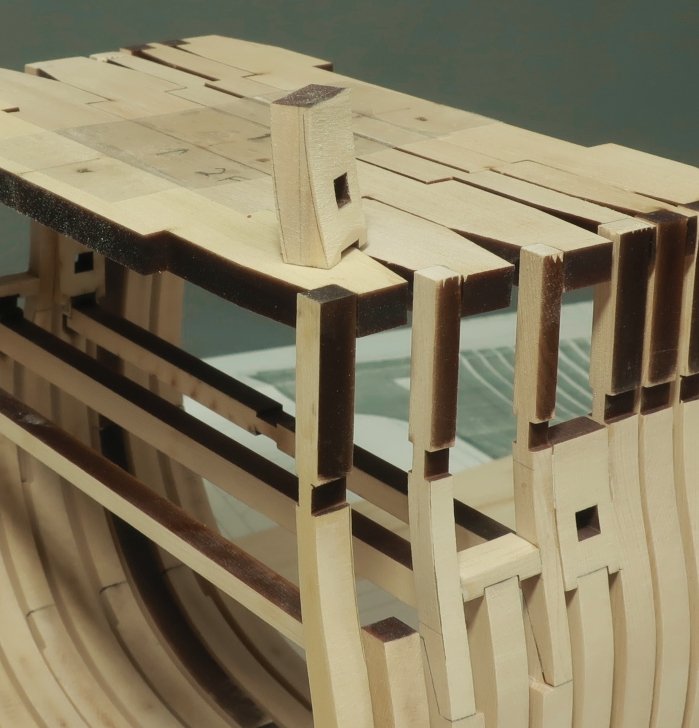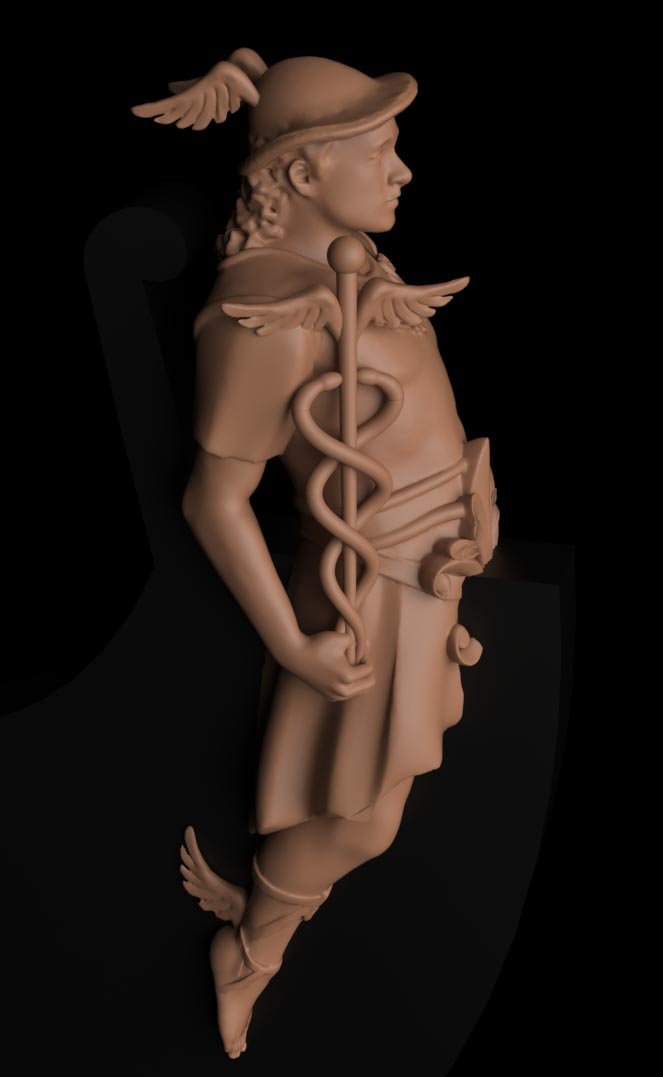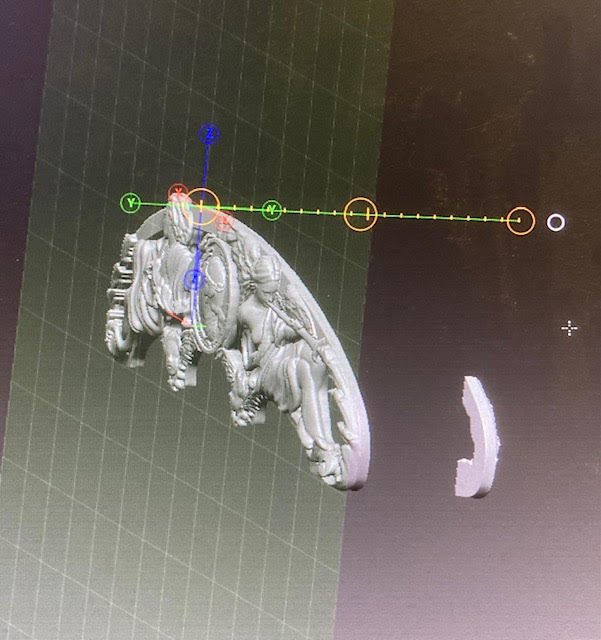-
Posts
9,610 -
Joined
-
Last visited
Content Type
Profiles
Forums
Gallery
Events
Everything posted by Chuck
-
Thank You guys. I am not sure really. I dont find it any more difficult than building the Winnie. There are just more parts to put together. Once the parts are laser cut for you its really just an assembly job. Lots of laser char to remove....lots of frame parts. It just takes a longer time. You must really work hard at keeping everything aligned. Even with the jig pieces you still have to be vigilant about using that string to center your frames and your squares to raise them vertical. Fairing the hull is more time consuming as well. More time but not at all more difficult in my opinion. There are builders out there that always seem to to rush through things....not remove laser char etc. They will run into problems. If you have patience and can work slowly with care, it is not very hard at all. Like Greg said, even with the laser cut parts, maybe you can complete two or three frames a day. Its not hard but it does take a tad bit longer than assembling bulkheads. The Winnie was an exercise in planking....This will be an exercise in framing but you will save so much time later with Speedwell because you will only be planking from the wales up!!! Its a trade off.
-
Work continues on the square frames. I thought I would post an update. I worked my way aft and have all of those completed. I am about two thirds completed with the square frames. Its all been uneventful. But here are a few pictures and some notes for folks who will be building her in the future. It is so nice to be able to remove the model with this "jigged concept". The cross bars that space the frames properly create a fantastic base so you can flip the hull over and do some progressive fairing. I designed it so the stem and stern post will be in the clear when its flipped. Its nice and sturdy to fair the hull. The build board I was using cupped terribly so I had to make a new one. It is important to have a perfectly flat build board. This is a pressboard shelf that has white laminate on it. It was perfectly flat and sturdy. We shall see. I also decided when I made the new build board to swap the aft support for a taller one. This is the support that holds the stempost straight up and vertical and centered. There was nothing wrong with the shorter one but I had a thought to make raising the frames even easier. I glued a string to the top of the taller stern post support. Then I ran it down to the center of the stem post and secured it in the center with some tape. This will be a great reference for finding the center down the length of the hull. I laser etched an arrow down the center of the top jig cross pieces....it always faces forward. But because its in the center, you can use the string to help you position each frame properly. They must be centered port to starboard....this makes it very easy to do when you raise each square frame on the keel. One thing I wanted to point out are the small wedges or "cradle parts" under the first square frame in the photo above. Once I had about six frames all done, these laser cut pieces were placed under the frame on both sides for extra support. They are laser cut to be a perfect fit under the center frames. They will be included in the kit as well. In addition, you might notice that those cross pieces for each shorter frame are no longer needed once you have the sweep port and gun port parts glued on top of them. The frames are grouped together and glued pretty solid. You can see them in the earlier photo. So they can be removed once you have those sweep port and gun port pieces glued in. This will give you access to the inboard frames....well somewhat. But I did do some progressive fairing of these frames inboard and out. Outboard was easy enough. Inboard is always a challenge. But you can see that I have at least got the heavy stuff off inboard. I use various chisels and my #11 blade to slice off the heavy stuff. A rough fairing....then switch to some rifler files. Then I switch to sandpaper. It is best to get a start on this because it will be a real chore if you dont at least get the heavy stuff off. I do this after every 5 or 6 square frames are raised. Out board was easier but the same tools were used. You can really start to see her lines start forming and the nice elegant shape into the stern....remember that the hull will be planked on both sides from the wales up to the shear. Care is taken to line up the sweep ports and gun port sills. I use a height guage or my square to transfer the heights from the framing plan to the model. Here is a somewhat close up photo of the fairing into the rising wood. These are last several square frames before the cant frames are started. You can see how the rising wood was faired nicely into the run of the square frames. This will make more sense to you if you are building it...LOL. Anyway...that is the progress to date and I will now start on the forward section of square frames in the exact same manner. It is a real pleasure to build upright and without all of that boxed scaffolding I see on other kits.
-
Before you do give up…you might consider just sanding all of those little steps down smooth and planking without them. It may prove to be easier. Or almost remove them all but leave just a faint visible reminder of each strake to help you keep the planking run on track. Then just plank it clinker style on smooth frames. you may not end up with the same amount of planks but its the easier solution. just sand the top edge of each finished row of planking down flush to the frames and overlap the next row. Make the ends going i nto the rabbets not clinker…slowly even those out.
-
Beautiful work on the Cheerful.
- 113 replies
-
- Cheerful
- Syren Ship Model Company
-
(and 1 more)
Tagged with:
-
Beautifully done!!! You are getting close to the finish line now.
- 113 replies
-
- Cheerful
- Syren Ship Model Company
-
(and 1 more)
Tagged with:
-
That is looking excellent.
- 155 replies
-
- Medway Longboat
- Syren Ship Model Company
-
(and 1 more)
Tagged with:
-
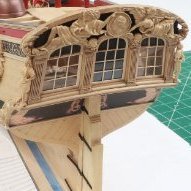
Band Saw Recommendations
Chuck replied to ChrisLBren's topic in Modeling tools and Workshop Equipment
I have a lot of blades...I usually stick to the laguna pricey blades but do use the wood slicer for soft stuff like the cedar. But the Laguna resaw king blades are wonderful. But you do get stuck with the occasional badly made blade that breaks along the weld. But they do take them back with no questions asked. I will certainly try the blade you recommended also. I prefer the 1/2" blade. Slow and steady...let the blade cut and dont push to fast. If you rush and push the wood through to force it quicker, especially on wide boards you are looking for trouble. I usually cut all my sheets and sand them the next day. This is what Joe does at modelers sawmill as well. In fact he has a laguna too....same one. It all depends if you like the ceramic guides vs. the steel wheels. I dont mind the ceramic guides. They are a pain to change, but I havent had any issues. Guide set-up is key....getting them the correct distance from the blade and not a large gap is the key....just touching them almost.... You will know once you start using one. Chuck -

Band Saw Recommendations
Chuck replied to ChrisLBren's topic in Modeling tools and Workshop Equipment
I can highly recommend the Laguna 14/BX. Its more than 2HP which makes it easy to cut through hardwoods at even 6" wide. I have used it without fail to resaw sheets from billets of wood. Yes its pricey but everything good is a bit more expensive. I have had mine for over 5 years if not more. https://lagunatools.com/classic/bandsaws/14bx-bandsaw/ There are lesser models with slightly less HP which would be fine if you are only cutting for yourself. The more HP was used to resaw sheets for sale and is used and abused. Chuck -
Very very nice Mike. They look perfect. I know how hard these can be. You did a fantastic job on those headrails. The grating and remaining headwork will be a breeze by comparison.
- 607 replies
-
- winchelsea
- Syren Ship Model Company
-
(and 1 more)
Tagged with:
-
nicely done. That is a tricky part for sure.
- 642 replies
-
- winchelsea
- Syren Ship Model Company
-
(and 1 more)
Tagged with:
-
Looking really good!!! So nice when you get this stage. Each bit of progress makes a huge difference visually which helps keep you going.
- 840 replies
-
- winchelsea
- Syren Ship Model Company
-
(and 1 more)
Tagged with:
-
Seriously Greg. That will be a hard act to follow. You need to post so many more photos. Be sure to add them to the gallery as well. I am still plugging away on square frames for my Speedwell. I have photos of yours all around my shop for inspiration. Just a lovely model.
-
Just sand the fuller down so it fits leaving a little lip. Even if you only have the slightest point of an edge it will be fine. You can also sand or chisel the planking a bit thinner too so you have even more area to work with. no big deal here…very workable
- 389 replies
-
- winchelsea
- Syren Ship Model Company
-
(and 1 more)
Tagged with:
About us
Modelshipworld - Advancing Ship Modeling through Research
SSL Secured
Your security is important for us so this Website is SSL-Secured
NRG Mailing Address
Nautical Research Guild
237 South Lincoln Street
Westmont IL, 60559-1917
Model Ship World ® and the MSW logo are Registered Trademarks, and belong to the Nautical Research Guild (United States Patent and Trademark Office: No. 6,929,264 & No. 6,929,274, registered Dec. 20, 2022)
Helpful Links
About the NRG
If you enjoy building ship models that are historically accurate as well as beautiful, then The Nautical Research Guild (NRG) is just right for you.
The Guild is a non-profit educational organization whose mission is to “Advance Ship Modeling Through Research”. We provide support to our members in their efforts to raise the quality of their model ships.
The Nautical Research Guild has published our world-renowned quarterly magazine, The Nautical Research Journal, since 1955. The pages of the Journal are full of articles by accomplished ship modelers who show you how they create those exquisite details on their models, and by maritime historians who show you the correct details to build. The Journal is available in both print and digital editions. Go to the NRG web site (www.thenrg.org) to download a complimentary digital copy of the Journal. The NRG also publishes plan sets, books and compilations of back issues of the Journal and the former Ships in Scale and Model Ship Builder magazines.

